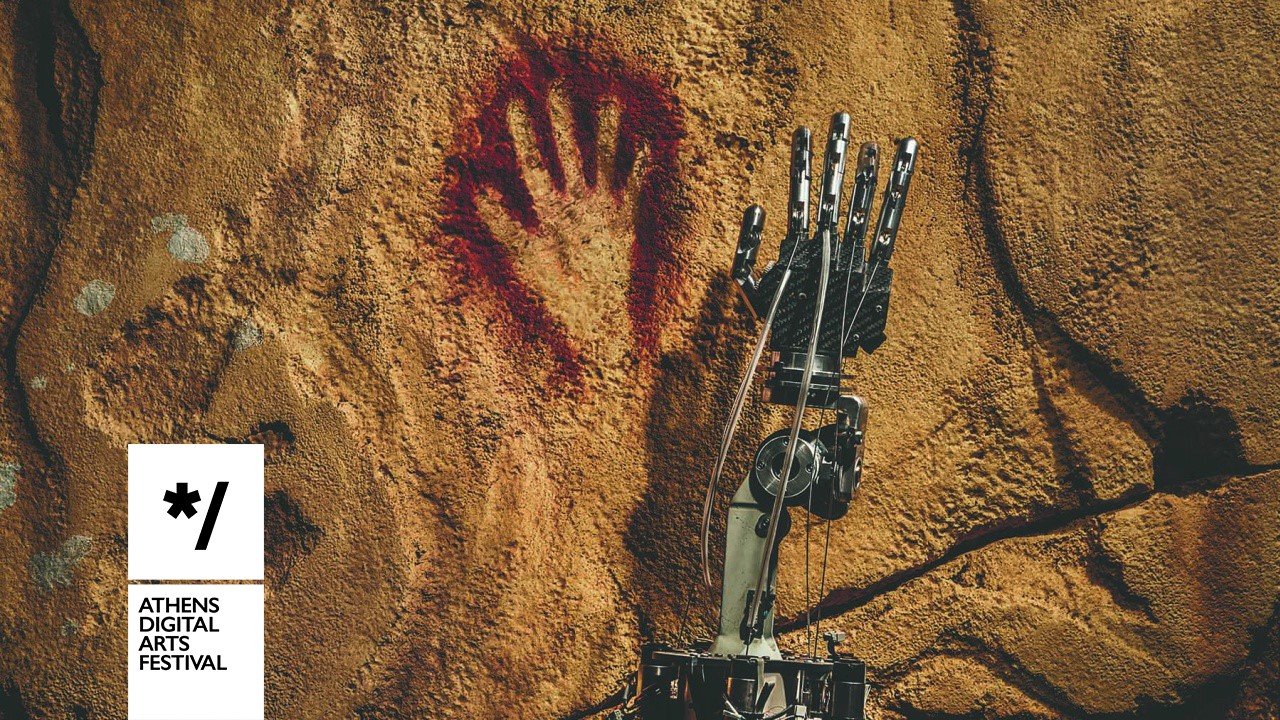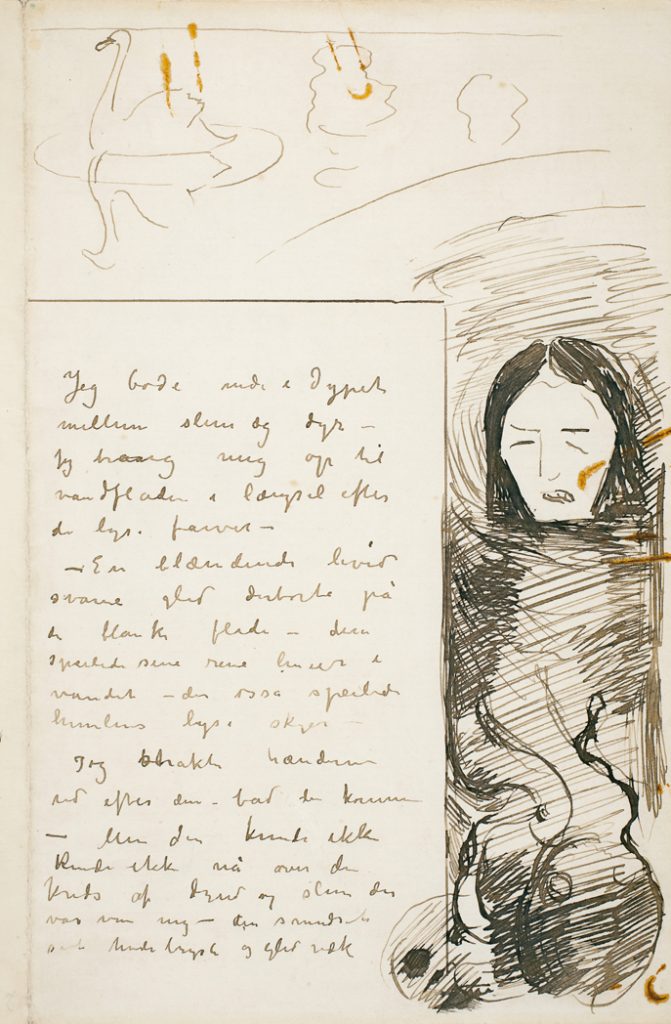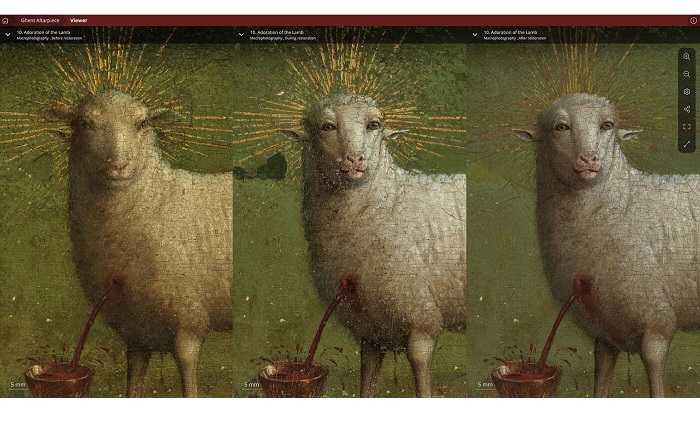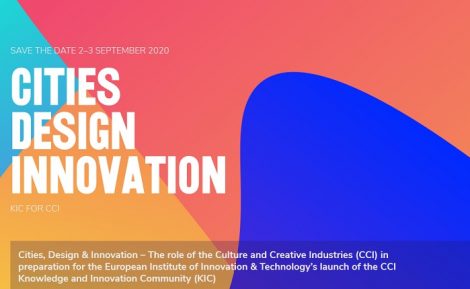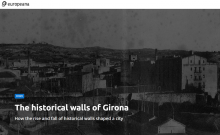Conference-call-Lublin  The aim of the conference is to make a broad review of the problems related to the protection, conservation, use and management of historic ruins. The key assumption of the conference is comprehensive discussing the contemporary principles and forms of maintaining historic ruins in the historical, theoretical and practical aspects. The conference also aims to present and critically analyse the most interesting examples of contemporary protection, management and use of historic ruins. The results of RUINS project and the experience gained during project implementation will also be presented during the conference.
The aim of the conference is to make a broad review of the problems related to the protection, conservation, use and management of historic ruins. The key assumption of the conference is comprehensive discussing the contemporary principles and forms of maintaining historic ruins in the historical, theoretical and practical aspects. The conference also aims to present and critically analyse the most interesting examples of contemporary protection, management and use of historic ruins. The results of RUINS project and the experience gained during project implementation will also be presented during the conference.
Three thematic sessions are planned within the conference:
1.Technical and conservation issues of the protection of ruins.
The topic of the “Protection” session are theoretical, conservation, technical and design issues related to the maintenance of the ruins. The speeches should refer to the principles and forms of maintaining the ruins from the point of view of architectural, conservation and landscape conceptions. The speeches regarding technical problems – methods and technologies – protection of crenelation and faces of walls, structural reinforcements, protection against water and moisture are also expected. The papers making a critical analysis of positive and negative examples of the protection of historic ruins are particularly welcomed.
2. Development of ruins for modern utility functions
The topic of the “Development” session is the critical presentation of the examples and forms of contemporary development, use and display of historic ruins. The speeches are expected to present various forms and aspects of Page 3 contemporary use of historic ruins – tourism, cultural events, exhibitions, commercial use, museum functions, etc. The presentations of the forms of utilisation that use and adapt themselves to the historical character of the ruin without interfering excessively with the historical substance and form are particularly welcomed.
3. Management of historic ruins
The topic of “Management” session is presentation of issues related to the management of ruins – i.a. form of ownership, organisation, financing, tourist traffic, organisation of events, promotion, education. The papers presenting the models and forms of ruins’ management that include all the aspects of such activities are expected. The papers presenting the modern best practice in historic ruins management are particularly welcomed.
Conservators, art and culture historians, employees of conservation services, specialists in the protection of cultural property, designers, representatives of local governments, university employees, owners and users connected with the protection, management and use of historic ruins are invited to participate in the conference.
The conference materials will be published in peer-reviewed periodical “Protection of Cultural Heritage” (in the issue 2/2020).
Contact: ruins@pollub.pl
Venue: Lublin University of Technology, Faculty of Civil Engineering and Architecture
Website: https://www.interreg-central.eu/Content.Node/RUINS/International-Scientific-Conferance-.html
Click here for Registration
Download the Conference programme
More information here



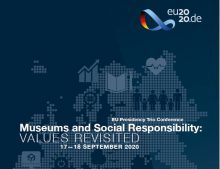
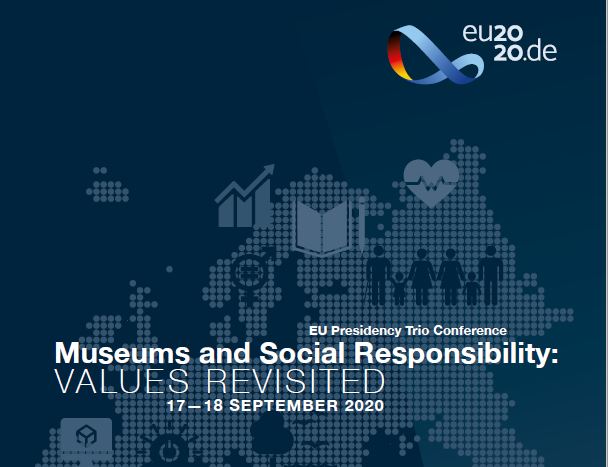 What social responsibility means for museums?
What social responsibility means for museums?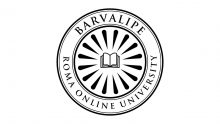
 Bavarlipe Roma Online University is an online educational platform where Roma and non-Roma can access knowledge about the Roma identity(ies), history(ies) and culture(s) thorough a collection of high-quality lectures delivered by leading Roma scholars on topics ranging from the Roma Holocaust to Roma cultural productions. In partnership with Central European University (CEU), this project is part of ERIAC’s Roma Cultural History Initiative financed by the German Federal Foreign Office (FFO).
Bavarlipe Roma Online University is an online educational platform where Roma and non-Roma can access knowledge about the Roma identity(ies), history(ies) and culture(s) thorough a collection of high-quality lectures delivered by leading Roma scholars on topics ranging from the Roma Holocaust to Roma cultural productions. In partnership with Central European University (CEU), this project is part of ERIAC’s Roma Cultural History Initiative financed by the German Federal Foreign Office (FFO).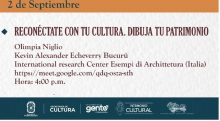
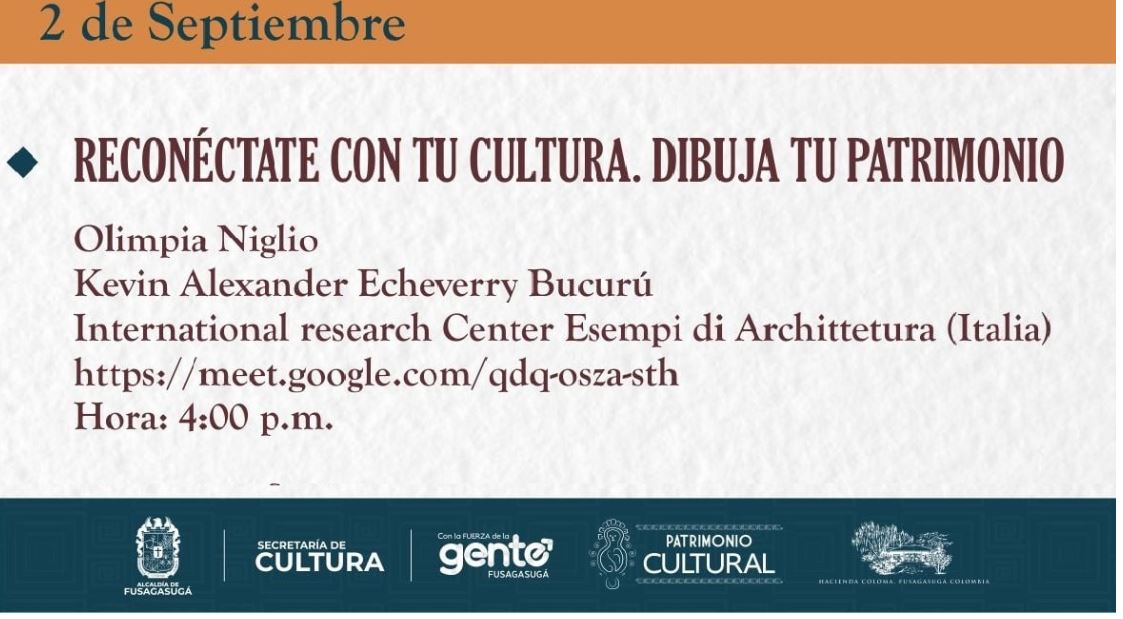 The online webinar in Lima, Peru, last 31th July, has been a success with many people from different countries of Asia, Africa, Europe, and America.
The online webinar in Lima, Peru, last 31th July, has been a success with many people from different countries of Asia, Africa, Europe, and America.
